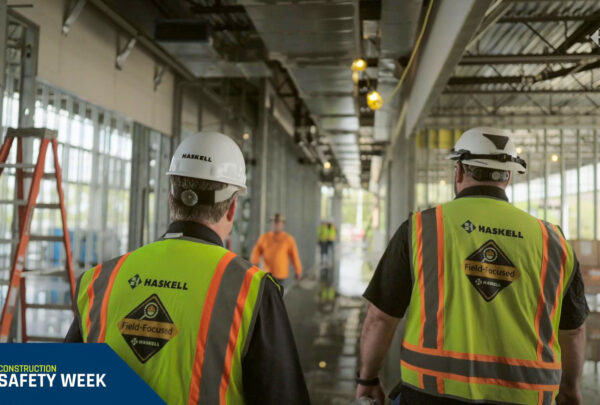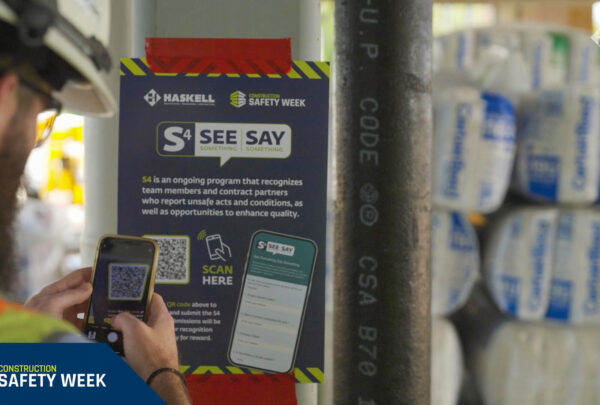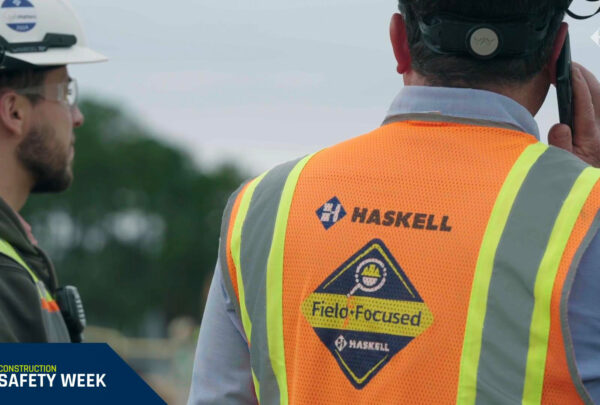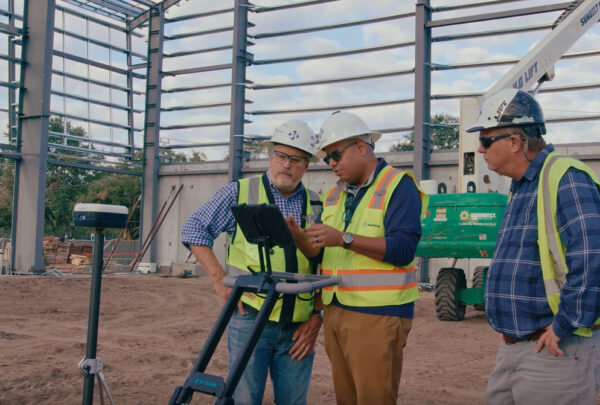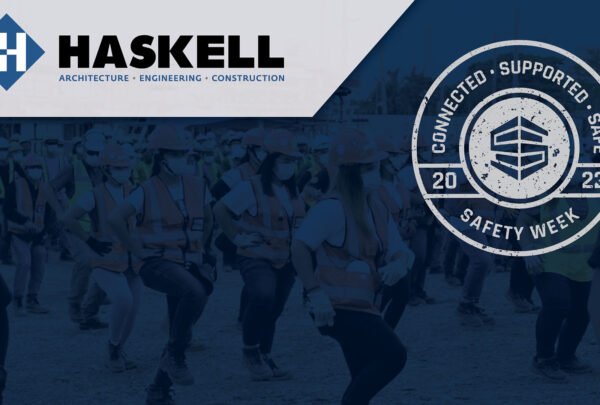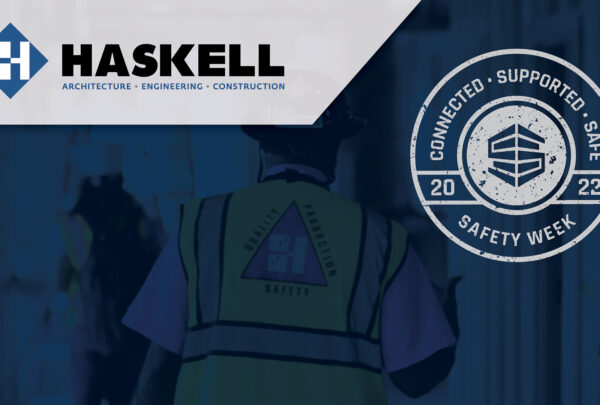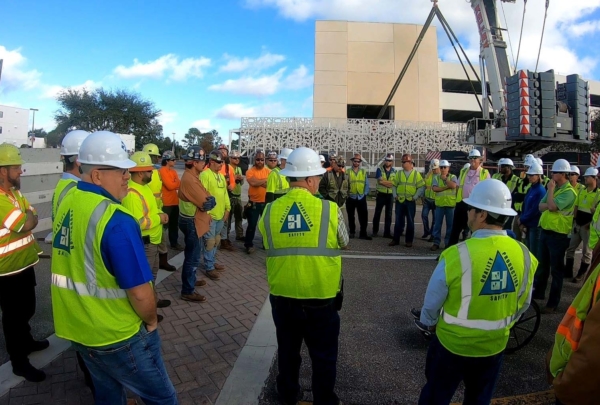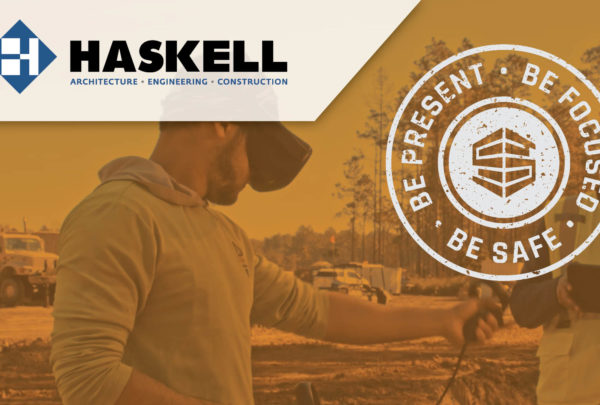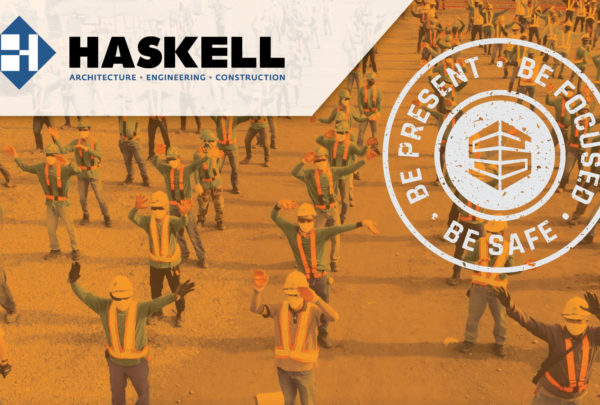Data show that construction workers are able to identify 45% of hazards in and around their work area. That means more than half of the dangers that could befall them go unrecognized.
A study of a cross-section of construction personnel representing 23 different trades and worker experience levels ranging from zero to 43 years revealed that hazards are typically missed for one or two reasons:
- The hazards are detectable, but the individual cannot identify them.
- The hazard wasn't initially detectable, given the information available.
In its relentless pursuit of an injury-free work environment, Haskell has created an interactive Energy Wheel, a visual tool providing next-level information that improves hazard recognition by 30%.
Data also suggest there may be biological, cognitive drivers at play. Hazards are often processed instinctively and with little mental effort, whereas those commonly missed must be identified through complex problem-solving requiring relatively high cognitive effort.
“The word hazard is traditionally understood as a source of harm or danger,” said Brian Roundtree, Haskell's Director of Safety. “While the traditional daily work plan can yield positive results, most daily workplace documents focus on checkbox hazard controls to assess worker safety but lack meaningful content on hazards not typically identified.”
The Energy Wheel is based on two observations:
- A hazard can be defined as a source of energy that causes injury, illness or death.
- All injuries result from undesirable contact between a person and one or more energy sources.
The Energy Wheel is based on two years of full-time pilot testing by researchers at the University of Colorado and Virginia Tech. Each of the 10 energy sources is represented by its icon and segment of the circle. Haskell’s tool allows users to click or tap each energy type to reveal vital information on the potentially dangerous forms it can take.
“Because energy can be abstract, it is best communicated as the simple forms in which it commonly occurs when a project,” Roundtree said. “It’s a tool used to prompt the identification of hazards not easily recognized during task planning.”




